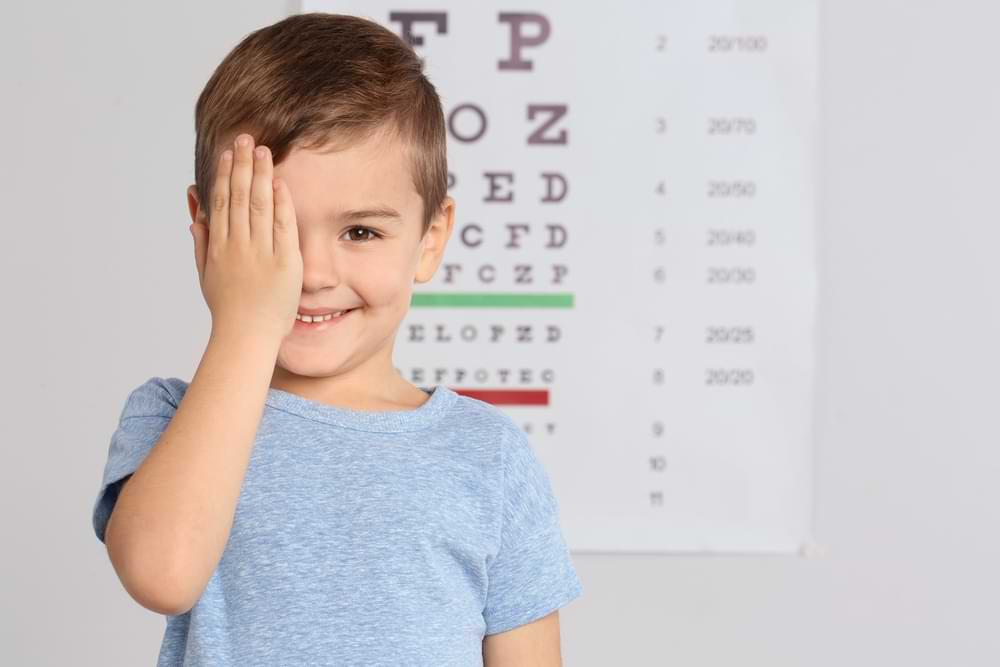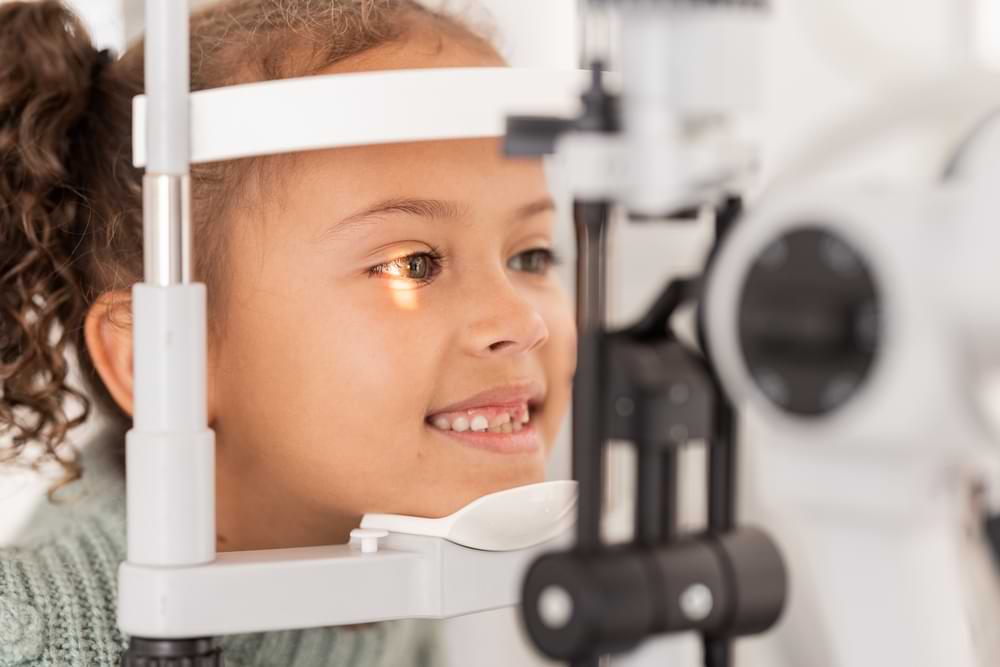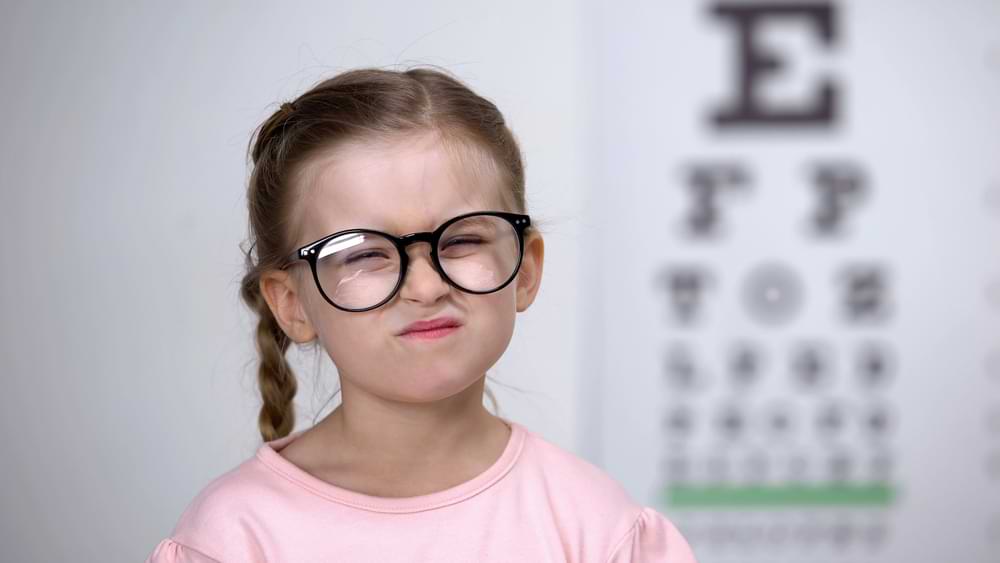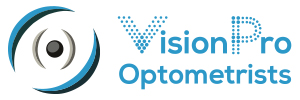Long Sighted Vision in Children

Why do some children struggle with reading or paying attention in class, even when they seem bright and capable? Could it be their vision holding them back? As an optometrist, I see many cases where long-sightedness (hyperopia) has gone undetected simply because children don’t always realise they have a problem.
A large-scale study of over 15,000 children found that 3.2% had moderate to high hyperopia (+4.0 diopters or more), yet only 17.6% of those aged 36 to 72 months were wearing the glasses they needed.
That means a significant number of children are straining to see properly every day.
I’m Minh Van Tran, Owner and Principal Optometrist at VisionPro Optometrists in Footscray and St Albans. Since founding my eye care practice in 2008, I’ve helped thousands of parents understand the impact of long sighted vision problems on their child’s development. Hyperopia can often go unnoticed, but when left untreated, it can lead to learning difficulties, eye strain, and even long-term complications like lazy eye (amblyopia).
KEY TAKEAWAYS
- Hyperopia isn’t always obvious – children’s eyes may be working overtime without anyone noticing.
- Untreated long-sightedness can impact learning – children may avoid reading, struggle with focus, or experience headaches and fatigue.
- Early diagnosis is crucial – school vision screenings often miss hyperopia, so a full eye exam is essential.
- Glasses aren’t the only solution – contact lenses, multifocal lenses, and vision therapy may also be options.
- Regular eye exams can prevent long-term issues – catching hyperopia early can reduce the risk of complications like lazy eye or eye misalignment.
With the right vision care, children can see clearly and thrive in school and daily life. In this article, I’ll explain how to recognise hyperopia in children, the best treatment options, and why early detection matters.

What is Hyperopia?
Why do some children struggle to focus on books or screens while others seem to read effortlessly? Hyperopia (a.k.a. hypermetropia), or long-sighted vision, happens when light focuses behind the retina instead of directly on it. This makes close-up objects appear blurry, while distant objects remain clear. Mild cases might go unnoticed because a child’s eyes can adjust, but stronger prescriptions cause constant strain.
The most common cause is an eyeball that is shorter than normal or a cornea that is too flat. Genetics play a big role—if parents are hyperopic, their children are more likely to be as well. Some medical conditions affecting eye development can also contribute.
Many babies start life with a mild degree of hyperopia, which usually improves as their eyes grow. The earlier it’s identified, the easier it is to manage.
Signs and Symptoms of Long Sighted Vision in Children
Children don’t always know how to explain vision problems, which makes it difficult for parents to detect issues like hyperopia. Here are signs and symptoms you can look for.
- Physical Symptoms of Eye Strain: When a child’s eyes are constantly working harder than they should, discomfort becomes inevitable. Frequent headaches, particularly after reading or using screens, are a common sign. You may also notice excessive blinking, squinting, or eye rubbing—instinctive attempts to clear up blurred vision or relieve strain. If left uncorrected, this can lead to fatigue and frustration, making everyday activities more challenging.
- Unusual Reading or Screen Habits: Children with hyperopia often adjust how they interact with books or screens without realising why. Some hold reading material at a greater distance than expected to bring text into focus, while others struggle to maintain attention during close-up tasks. If a child regularly looks away from their homework or needs frequent breaks, it could be their way to cope with an undiagnosed vision problem.
- Behavioural and Learning Difficulties: Vision issues don’t just cause discomfort—they can also affect a child’s academic performance and confidence. A child who avoids reading, struggles to focus on written work, or appears inattentive may not be disinterested but rather unable to see clearly. Over time, these difficulties can lead to frustration and reluctance towards school tasks, which impacts their learning progress.
- Signs of Eye Misalignment (Accommodative Esotropia): In more severe cases of hyperopia, excessive focusing effort can cause one eye to turn inward. This condition, known as accommodative esotropia, can appear intermittently at first but may become more consistent if left untreated. Early detection is essential, as prolonged eye misalignment can lead to long-term visual development problems.
Regular eye exams help confirm whether symptoms are related to hyperopia or another condition, ensuring that children receive the right support for clear and comfortable vision.

How Hyperopia is Diagnosed in Children
Can school vision screenings detect hyperopia? Unfortunately, they often miss it. Many children with long-sighted vision pass basic screenings because they can still read distance charts.
A full eye exam is essential for accurate diagnosis. Retinoscopy measures how light focuses inside the eye, while a phoropter test determines the correct prescription. Binocular vision testing checks how well both eyes work together, detecting strain-related issues like eye turns.
Treatment Options for Long Sighted Vision
Not every child with hyperopia needs glasses, but when long-sighted vision affects daily life, proper correction is essential. Without treatment, the eyes must work harder to maintain focus, leading to fatigue, headaches, and difficulty concentrating—especially during reading and schoolwork. The right approach depends on the severity of hyperopia and the child’s individual needs.
- Prescription Glasses for Clear Vision: Glasses are the most common and effective way to correct hyperopia. They help refocus light properly on the retina, reducing eye strain and improving clarity. Some children need to wear them full-time, particularly if hyperopia significantly affects their near vision. Others may only require glasses for specific tasks, such as reading, writing, or using screens, to relieve strain and improve focus.
- Contact Lenses for Older Children: While glasses are the standard option for young children, contact lenses can be a practical alternative for responsible older children and teenagers. They provide a wider field of vision without the restrictions of frames, which can be especially beneficial for sports or active lifestyles. However, proper hygiene and lens care are crucial, so they are typically recommended only when a child can manage them safely.
- Multifocal Lenses for Focusing Difficulties: Some children struggle to shift focus between near and distant objects, even with standard glasses. In such cases, multifocal lenses may be prescribed to provide different levels of correction in a single lens. These lenses help reduce strain and improve comfort, particularly for children who experience eye fatigue when reading or using digital devices for extended periods.
- Vision Therapy for Eye Muscle Strengthening: When hyperopia is linked to focusing difficulties or an inward eye turn (accommodative esotropia), vision therapy may be beneficial. This involves structured exercises designed to improve eye coordination and strengthen focusing ability. Often used alongside glasses, vision therapy can help enhance visual comfort and prevent long-term complications related to excessive strain.
Ensuring clear and comfortable vision allows children to focus better, enjoy their activities, and reach their full potential without unnecessary challenges.
To learn more about diagnosis and treatment of hyperopia in kids, watch the following video by paediatric ophthalmologist Naz Raoof.
Potential Complications of Untreated Hyperopia
What happens if long-sighted vision in children goes unnoticed? While mild hyperopia might not cause major issues, untreated moderate to severe cases can lead to serious complications that affect both vision and learning.
Aside from its impact on school performance, one of the biggest risk is strabismus, where one eye turns inward due to excessive focusing effort. This can start intermittently but may become permanent if left untreated. Over time, severe hyperopia can also lead to amblyopia (lazy eye), where the brain starts ignoring input from the weaker eye. If not corrected early, this can result in permanent vision loss in one eye.
Regular eye exams and early treatment prevent these complications, allowing children to develop healthy vision without unnecessary strain.
The Importance of Regular Eye Exams
How soon should you get your child’s eyes checked? Many parents wait until school-age, but vision problems like hyperopia can start much earlier. The best time for a first eye exam is around age three, even if no symptoms are noticeable. Early issue detection can prevent learning difficulties and long-term complications.
Unlike school screenings, a full eye exam checks for more than just distance vision. It assesses how well both eyes focus and work together. This is crucial because mild hyperopia often goes unnoticed—especially if a child doesn’t complain of blurry vision.
For children with a family history of long-sighted vision, regular follow-ups every one to two years are essential. As their eyes grow, prescriptions may change, and ongoing monitoring ensures they always have the right level of correction.
Final Thoughts
Without proper diagnosis and treatment, hyperopia can contribute to academic struggles and even long-term vision problems like lazy eye or eye misalignment.
The good news? Early detection makes all the difference. A comprehensive eye exam can identify hyperopia before it affects your child’s progress in school and daily activities. Whether it’s glasses, contact lenses, or vision therapy, the right treatment ensures they can see comfortably and perform at their best.
If you’ve noticed signs of vision problems or your child has never had a full eye exam, now is the time to act. Clear vision is essential for a child’s success—let’s make sure they have the best possible start.
Click on the “BOOK AN APPOINTMENT” button OR call either our St. Albans (03) 9364 5509 or Footscray (03) 9687 8787 optometry practices.
